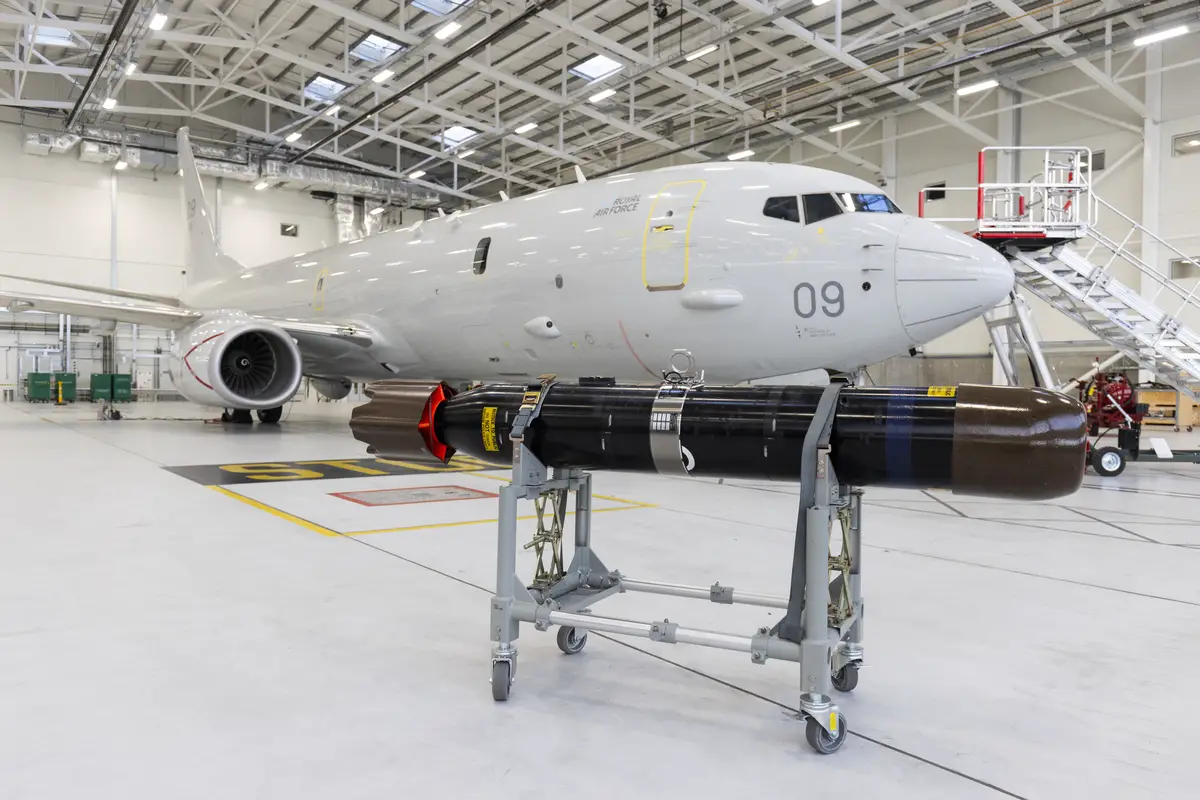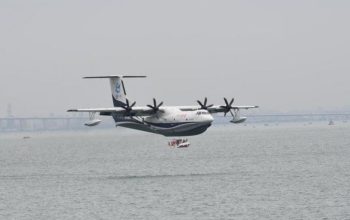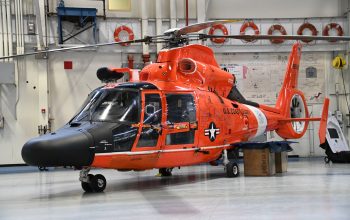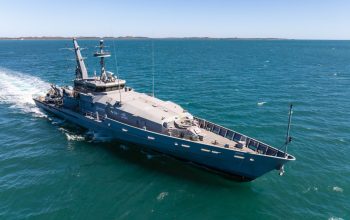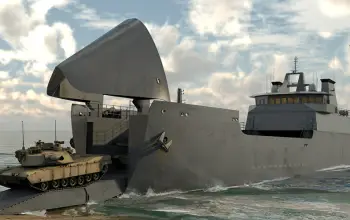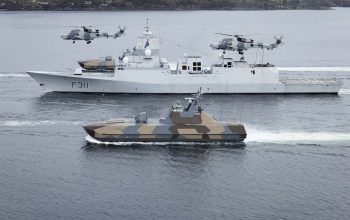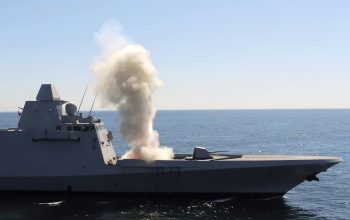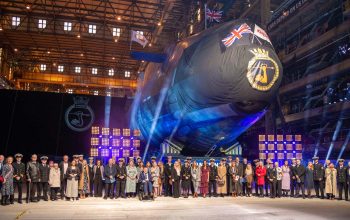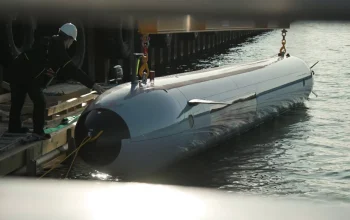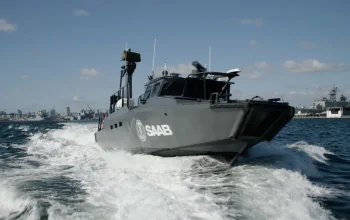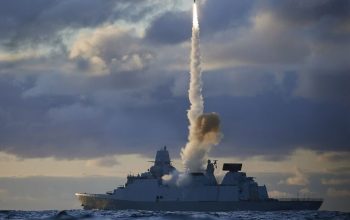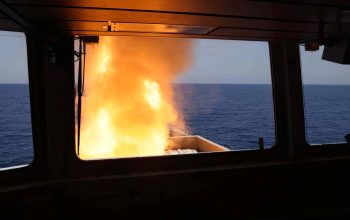The U.K. Ministry of Defence has chosen the UK manufactured Sting Ray Torpedo as its future torpedo capability alongside continued use of the United States Navy Mk54 weapon on the Royal Air Force’s Boeing’s Poseidon MRA1 (P-8A) is a multi-role maritime patrol aircraft, equipped with sensors and weapons systems for anti-submarine warfare, as well as surveillance and search and rescue missions. Maritime Patrol Aircraft. The programme to integrate Sting Ray Mod 1 on to Poseidon is now under way, and it will give the UK a potent and sovereign torpedo capability, providing flexibility to the Poseidon fleet. The RAF’s P-8 Poseidon is a multi-role maritime patrol aircraft, equipped with sensors and weapons systems for anti-submarine and surface warfare, as well as surveillance and search and rescue missions. In-service with the Royal Navy, Sting Ray Mod 1 is capable of integration into surface and air platform mission systems. Sting Ray Mod 1 is an air-launched Anti-Submarine Warfare lightweight torpedo launched from frigates, helicopters, and maritime patrol aircraft against submarine targets of all types.
“The use of Sting Ray and Mk54 torpedoes gives the UK Poseidon fleet flexibility and interoperability with our allies. I’m delighted to see integration of Sting Ray Mod 1 has commenced at RAF Lossiemouth,” Group Captain Richard Osselton, Senior Responsible Officer, Poseidon Futures Programme.
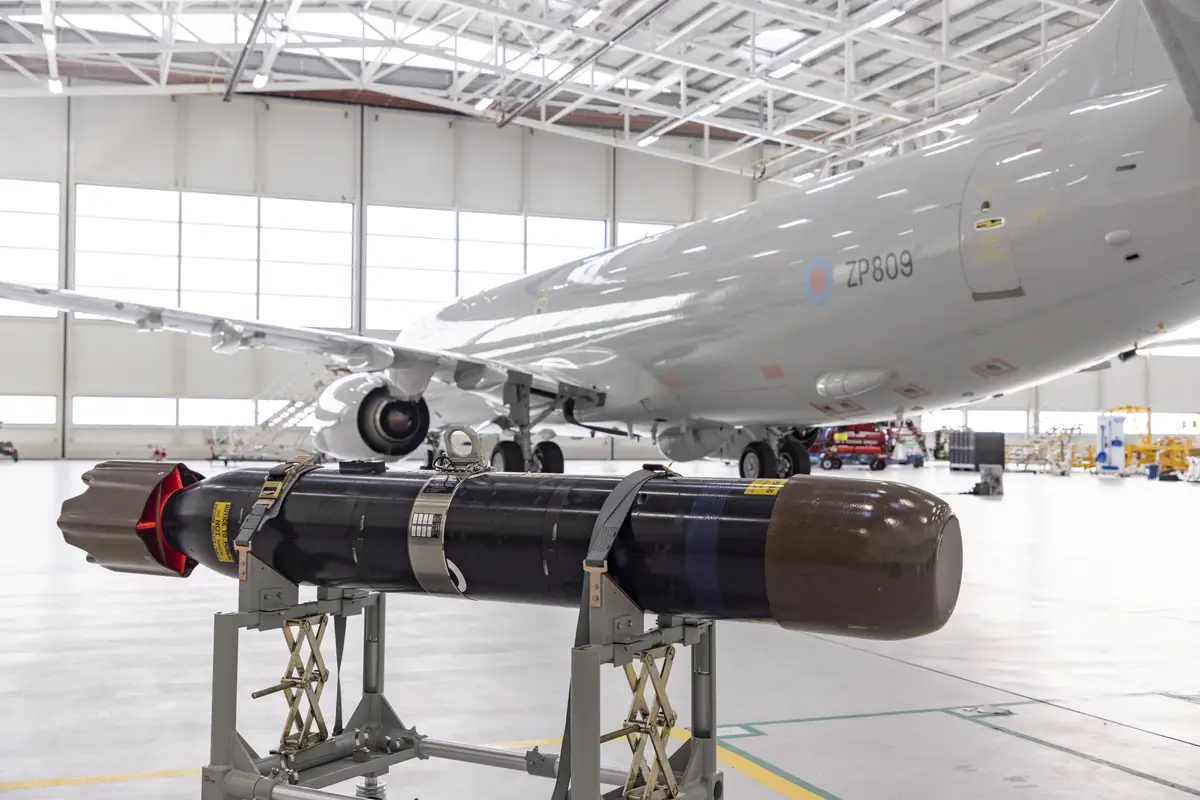
It has sophisticated acoustic homing system and a highly accurate navigation system. The torpedo can detect, classify, and attack targets autonomously. It has low through life costs and requires no intrusive maintenance throughout its service life. Capitalising on the investment in the original Mod 0 variant of the torpedo and its supporting infrastructure, the enhanced Mod 1 weapon sustains Sting Ray’s position as the world’s premier lightweight, autonomous underwater weapon, for decades to come. Sting Ray Mod 1 was designed to defeat the dual threats of fast, deep diving double-hulled submarines operating in the oceanic environment and the quiet, conventional submarine in coastal waters. The enhanced performance of Sting Ray Mod 1 is underpinned by the development of new acoustic and tactical software, drawing on knowledge gained from extensive in-water trials with the Mod 0 weapon.
Boeing’s Poseidon MRA1 (P-8A) is a multi-role maritime patrol aircraft, equipped with sensors and weapons systems for anti-submarine warfare, as well as surveillance and search and rescue missions. The Poseidon’s comprehensive mission system features an APY-10 radar with modes for high-resolution mapping, an acoustic sensor system, including passive and multi-static sonobuoys, electro-optical/IR turret and electronic support measures (ESM). This equipment delivers comprehensive search and tracking capability, while the aircraft’s weapons system includes torpedoes for engaging sub-surface targets. With the Poseidon squadron numbers chosen, the type has operated from RAF Lossiemouth since 2020.
